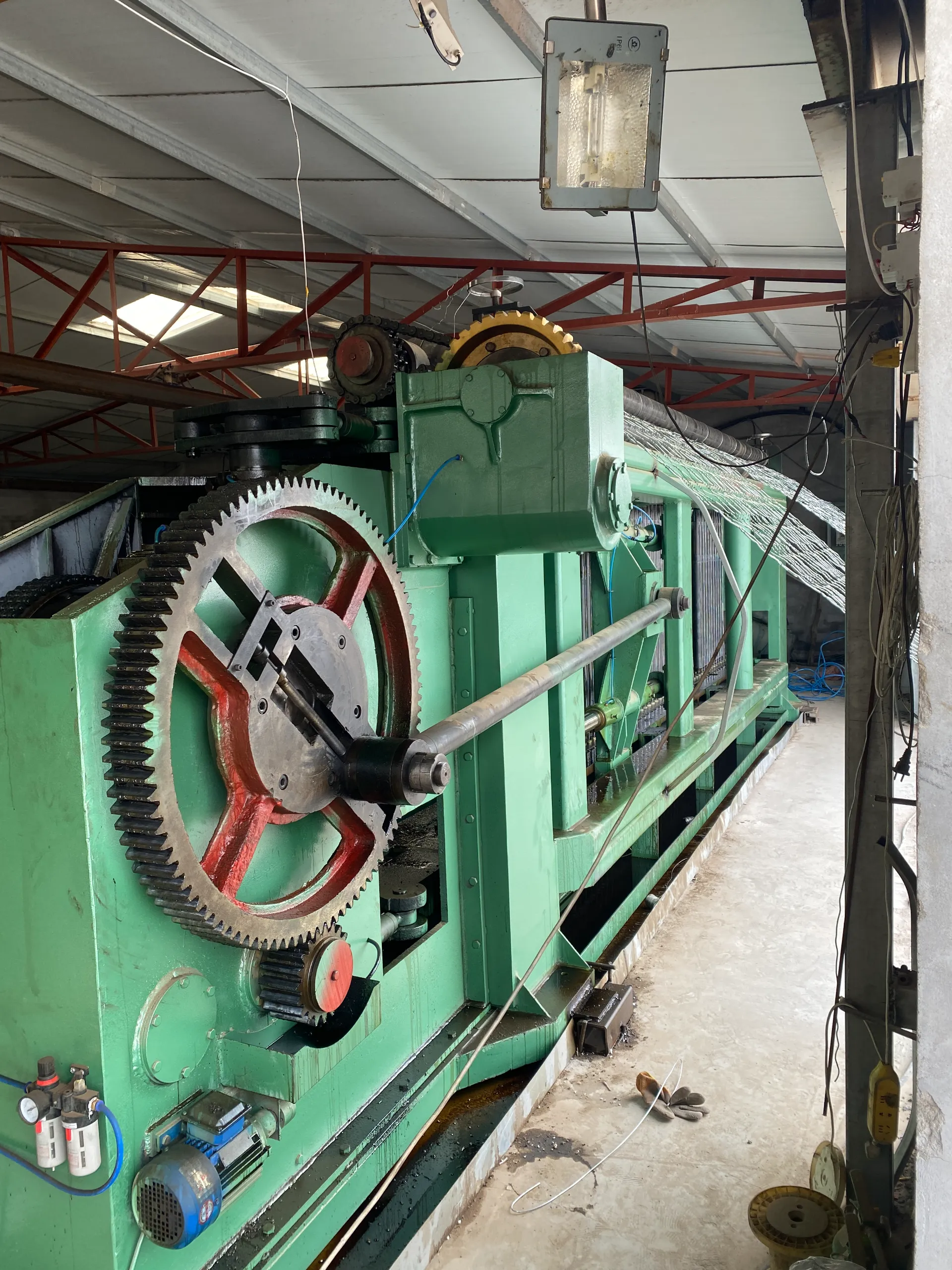-
 Afrikaans
Afrikaans -
 Albanian
Albanian -
 Amharic
Amharic -
 Arabic
Arabic -
 Armenian
Armenian -
 Azerbaijani
Azerbaijani -
 Basque
Basque -
 Belarusian
Belarusian -
 Bengali
Bengali -
 Bosnian
Bosnian -
 Bulgarian
Bulgarian -
 Catalan
Catalan -
 Cebuano
Cebuano -
 China
China -
 Corsican
Corsican -
 Croatian
Croatian -
 Czech
Czech -
 Danish
Danish -
 Dutch
Dutch -
 English
English -
 Esperanto
Esperanto -
 Estonian
Estonian -
 Finnish
Finnish -
 French
French -
 Frisian
Frisian -
 Galician
Galician -
 Georgian
Georgian -
 German
German -
 Greek
Greek -
 Gujarati
Gujarati -
 Haitian Creole
Haitian Creole -
 hausa
hausa -
 hawaiian
hawaiian -
 Hebrew
Hebrew -
 Hindi
Hindi -
 Miao
Miao -
 Hungarian
Hungarian -
 Icelandic
Icelandic -
 igbo
igbo -
 Indonesian
Indonesian -
 irish
irish -
 Italian
Italian -
 Japanese
Japanese -
 Javanese
Javanese -
 Kannada
Kannada -
 kazakh
kazakh -
 Khmer
Khmer -
 Rwandese
Rwandese -
 Korean
Korean -
 Kurdish
Kurdish -
 Kyrgyz
Kyrgyz -
 Lao
Lao -
 Latin
Latin -
 Latvian
Latvian -
 Lithuanian
Lithuanian -
 Luxembourgish
Luxembourgish -
 Macedonian
Macedonian -
 Malgashi
Malgashi -
 Malay
Malay -
 Malayalam
Malayalam -
 Maltese
Maltese -
 Maori
Maori -
 Marathi
Marathi -
 Mongolian
Mongolian -
 Myanmar
Myanmar -
 Nepali
Nepali -
 Norwegian
Norwegian -
 Norwegian
Norwegian -
 Occitan
Occitan -
 Pashto
Pashto -
 Persian
Persian -
 Polish
Polish -
 Portuguese
Portuguese -
 Punjabi
Punjabi -
 Romanian
Romanian -
 Russian
Russian -
 Samoan
Samoan -
 Scottish Gaelic
Scottish Gaelic -
 Serbian
Serbian -
 Sesotho
Sesotho -
 Shona
Shona -
 Sindhi
Sindhi -
 Sinhala
Sinhala -
 Slovak
Slovak -
 Slovenian
Slovenian -
 Somali
Somali -
 Spanish
Spanish -
 Sundanese
Sundanese -
 Swahili
Swahili -
 Swedish
Swedish -
 Tagalog
Tagalog -
 Tajik
Tajik -
 Tamil
Tamil -
 Tatar
Tatar -
 Telugu
Telugu -
 Thai
Thai -
 Turkish
Turkish -
 Turkmen
Turkmen -
 Ukrainian
Ukrainian -
 Urdu
Urdu -
 Uighur
Uighur -
 Uzbek
Uzbek -
 Vietnamese
Vietnamese -
 Welsh
Welsh -
 Bantu
Bantu -
 Yiddish
Yiddish -
 Yoruba
Yoruba -
 Zulu
Zulu
Exploring the Concept of Invisible Netting and Its Applications in Modern Technology
The Concept of Invisible Netting A Modern Approach to Capture
Invisible netting represents a groundbreaking concept that merges technology and sustainability to create efficient and unobtrusive solutions for capturing various elements in both natural and urban environments. This innovative approach can be broadly applied to multiple fields, including wildlife management, urban planning, sports, and even personal safety measures.
At its core, invisible netting involves the deployment of advanced materials and technologies to create barriers that are either visually imperceptible or minimally intrusive. These nets, often made from lightweight, durable fibers, can effectively encapsulate or guide animals, debris, or pollutants without the traditional visibility and bulk associated with conventional netting systems.
Wildlife Management
In wildlife management, invisible netting is used as an effective tool to protect endangered species and their habitats. For instance, these nets can be employed to prevent birds from colliding with buildings or vehicles, thus reducing mortality rates while ensuring that the aesthetic and ecological integrity of the area remains intact. By using technology that renders the netting nearly invisible from certain angles or distances, wildlife managers can create safe passages or zones for animals without disrupting human activity.
Moreover, invisible netting can also be employed in agriculture to protect crops from pests while minimizing the use of chemical pesticides. This method allows for a sustainable approach to farming, promoting biodiversity and reducing environmental impact.
Urban Planning and Infrastructure
In urban environments, the application of invisible netting takes on various forms, including pollution control, debris capture, and even noise reduction
. For example, cities facing challenges with litter in waterways can utilize invisible netting to catch and collect floating debris. The nets can be strategically placed within water bodies to trap waste without obstructing the flow or harming aquatic life.invisible netting

Additionally, urban planners are increasingly looking at invisible netting solutions for noise reduction in densely populated areas. By integrating sound-absorbing materials into netting, cities can create quieter public spaces, enhancing the quality of life for residents.
Sports and Recreation
In the realm of sports, invisible netting is featuring prominently in the design of modern athletic facilities. For example, golf courses and driving ranges utilize nearly invisible nets to prevent stray balls from causing disruptions or injuries, ensuring a safer experience for players and spectators alike. The aesthetic value is preserved, as these nets can be tailored to blend seamlessly into the surrounding landscape.
Personal Safety Applications
From a safety perspective, invisible netting also finds applications in personal security and protection systems. Homeowners can deploy these nets to create secure perimeters around properties, deterring trespassers while maintaining a visually appealing environment. These nets can be designed to blend with fencing or landscaping, offering peace of mind without compromising aesthetics.
Conclusion
In summary, invisible netting brings forth a new era of innovation, merging technology with a commitment to sustainability across various industries. Its applications in wildlife management, urban planning, sports, and personal safety demonstrate the versatility and effectiveness of this concept. As we continue to seek solutions for pressing environmental and societal challenges, the adoption of invisible netting may well be a pivotal step towards creating a safer, more harmonious coexistence between humans and nature. The future of invisible netting is not only promising but essential for building resilient communities and ecosystems.
-
Shipping Plastic Bags for Every NeedNewsJul.24,2025
-
Safety Netting: Your Shield in ConstructionNewsJul.24,2025
-
Plastic Mesh Netting for Everyday UseNewsJul.24,2025
-
Nylon Netting for Every UseNewsJul.24,2025
-
Mesh Breeder Box for Fish TanksNewsJul.24,2025
-
Expanded Steel Mesh Offers Durable VersatilityNewsJul.24,2025











